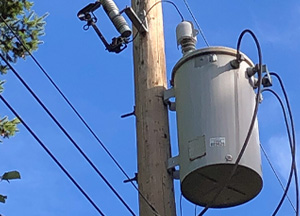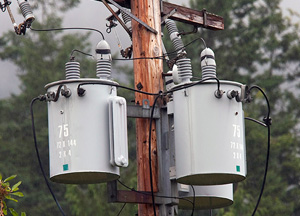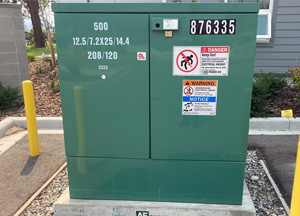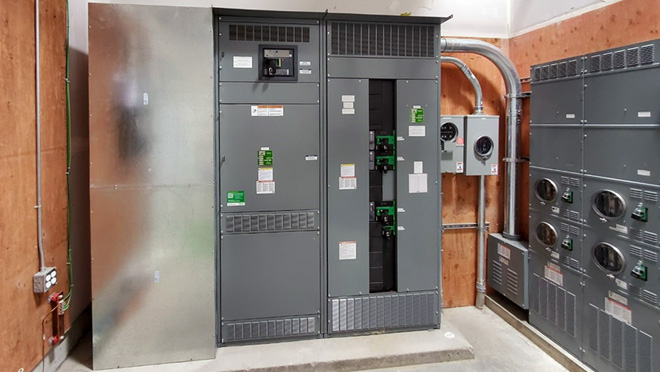Multi-residential & commercial connections
Electrical design projects
If you're looking to set up a more complex electrical connection for a multi-residential, single-residential, commercial or industrial structure, your request is likely what we'd call an electrical design project.
Using their technical expertise, our electrical design team will support you throughout the planning, design and construction phases to help you get connected.
Learn more about design project types, processes and costs below. Ready to get connected? Create and manage project requests online.
Types of work that require an electrical design project
If you answer "yes" to one or more of the following questions, you should proceed with an electrical design project request.
Otherwise, your project should likely be handled as an express connection instead.
Service location
- Is your service location further than 30 metres (three school buses) away from a BC Hydro pole or service box?
- Is your request related to a new subdivision?
- Does the related structure include four or more electrical service meters, or a metering/electrical room?
Service size
- Does your project require an electrical connection that exceeds 200 Amps?
- Does your project require a three-phase 120/208 V or 347/600 V service (typical for large commercial or industrial structures)?
Infrastructure
- Does your electrical connection require existing BC Hydro equipment to be moved?
- Does a pole or guy wire need to be relocated?
- Does a transformer need to be installed?
- Does a transformer need to be upgraded to increase capacity?
Permitting
- Do you need a development permit from the local municipality?
Understand electrical design projects
Manage your project with MyHydro
You can submit a request and manage your project online using your computer, smartphone or tablet within MyHydro [PDF 828 KB]. View project status and timelines, share documents and more.



Primary distribution lines
Power lines that carry the high voltage of our distribution system after it leaves the substation. Larger services may connect directly to our primary distribution lines for service.
Secondary distribution lines
Power lines that connect commercial and residential customers to our system after a transformer lowers the voltage from our primary distribution line.
Guy wire
A non-energized tensioned cable with a yellow guard attached to a pole and anchored into the ground.
Meter or electrical room
A room in a building housing electrical equipment, such as meters. Rooms containing BC Hydro's equipment have access provisions and technical requirements you'll need to incorporate into your project.

Single-phase power
Commonly provided in residences and retail commercial buildings. The standard single-phase voltages provided by us are 120/240 V and 120/208 V.
Three-phase power
Typically provided to larger commercial and industrial customers since large motors and other large loads operate more efficiently with three-phase power. The standard three-phase power voltages provided by us are 347/600 V and 120/208 V.
Service size
The combined voltage and amperage of your request. Larger services have greater impacts on our system and may have increased requirements and costs.
Service wire
Connects your electrical system to our secondary distribution system, most often at poles, transformers or service boxes.
Overhead infrastructure
Electrical equipment installed on or between poles, including overhead transformers, switches, regulators, capacitors, conductors and guy wires. Many of our poles are jointly owned with TELUS and also have communication cables attached below BC Hydro's electrical equipment.
Underground infrastructure
Electrical equipment installed underground or at ground level. Includes underground cables, junction boxes, pad-mounted transformers, chambers and vaults.


